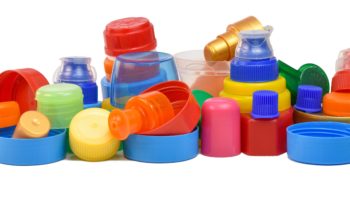Bobbi Philson
Stevie Wonder tells us the truth: “Music is a world within itself with a language we all understand; with an equal opportunity for all to sing, dance, and clap their hands.”
Early childhood educators around the globe accept the importance of music in children’s development. Why does music play such a small part in early education? We sing a few songs, play music at nap time, and call it a day. However, research tells us that young children engage in music as an exploratory activity that is interactive, social, creative, and joyful.
Unfortunately, opportunities to play with music are often missed, because music activities are often teacher planned and teacher controlled. Musical creativity can be limited by control and monitoring, when children cannot make their own choices about what to do.
How can teachers support musical play without controlling it?
- Plan for a music center and decide how to introduce new materials.
- Observe to see how children interact with the materials and each other.
- Participate in musical play rather than directing it.
- Extend music play by asking an open-ended question at a well-chosen time.
- Model music behavior by dancing and singing.
- Motivate children to go to the center and create music.
A music center needs adequate room so children can move to the music, and should be in an area where the noise won’t interrupt children’s play in other centers. You might want to include these materials:
- Headphones
- Traditional instruments (drums, triangles, maracas, bells) as well as melodious instruments such as xylophones and keyboards
- Nontraditional instruments that make interesting sounds: bubble wrap, pots/pans with spoons, dried gourds
- Instruments from various cultures
- A recording device to capture children’s musical productions, such as a karaoke machine or tape recorder
- Books about music, sheet music
- Dance accessories (ribbons, scarves)
Change the materials frequently and model ways to play the instruments. Make your own home made instruments. Don’t rely solely on the newest children’s music CDs; instead, teach children songs from your childhood and old folk songs. For more information about music centers, check out this article: Musical Play in Early Childhood Classrooms
Having problems creating a music center due to the noise level? Try using quieter instruments, leaving the cymbals and drums in the closet. Maracas, rhythm sticks, rain sticks, triangles, and hand bells provide music and rhythm opportunities without the high noise level.
Can’t carry a tune in a bucket? Children don’t notice your vocal range or exceptional rhythm sense. They only hear the joy in your voice and the fun in your drum beats. Remember the words of Karen Carpenter, “Don’t worry if it’s not good enough for anyone else to hear, just sing, sing a song.”




